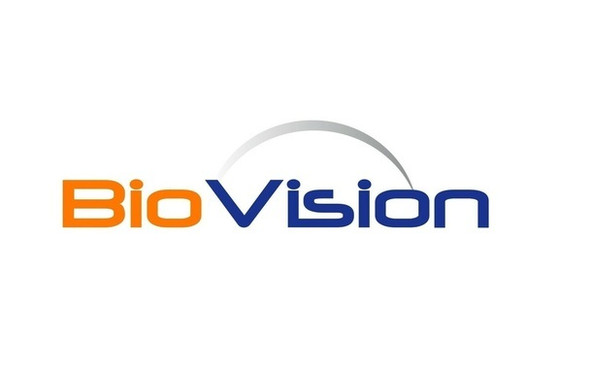Biovision
Human CellExp™ EphA7 / EHK3 (Active), Human Recombinant
- SKU:
- 26-P1727
- Availability:
- Usually Shipped in 5 Working Days
- Storage Temperature:
- -20°C
- Shipping Conditions:
- Gel Pack
- Shelf Life:
- 12 months
Description
Biomolecule/Target: N/A
Synonyms: EPH Receptor A7; HEK11; Ephrin Type-A Receptor 7; EHK-3; EK11
Alternates names: EPH Receptor A7; HEK11; Ephrin Type-A Receptor 7; EHK-3; EK11
Taglines: Implicated in mediating nervous system development
Taglines: USA
Country of Animal Origin: USA
NCBI Gene ID #.: 2045
NCBI Gene Symbol: N/A
Gene Source: Human
Accession #: Q15375
Recombinant: True
Source: Human Cells
Purity by SDS-PAGE #: > 95% by SDS-PAGE
Assay: N/A
Purity: N/A
Assay #2: N/A
Endotoxin Level: < 1.0 EU per µg as determined by the LAL method
Activity (Specifications/test method): Immobilized Human EphA7-His at 2 μg/ml (100 μl/well) can bind Human EFNA4-Fc-6His. The ED50 of Human EphA7-His is 1.5190 μg/ml
Biological activity: N/A
Results: N/A
Binding Capacity: N/A
Unit Definition: N/A
Molecular Weight: 60.19 kDa predicted, 72 kDa observed
Concentration: N/A
Appearance: Lyophilized protein
Physical form description: Lyophilized powder
Reconstitution Instructions: N/A
Background Information: The Ephrin Type-A Receptor 7 is a member of the ephrin receptor subfamily of protein-tyrosine kinases, which are implicated in mediating nervous system development. EphA7 binds to membrane-bound ephrin-A family ligands residing on adjacent cells, leading to contact-depending bidirectional signaling between the neighboring cells. Interaction between EphA7 and its ligand EFNA5 regulates brain development through the modulation of cell-cell adhesion and repulsion. EphA7 has a repellent activity on axons, and may also regulate brain development through a Caspase-3-dependent proapoptotic mechanism. Overexpression of EphA7 is associated with multiple forms of carcinoma.
Amino acid sequence: Gln 28 to Ile 556 with C-terminal 6xHis Tag
Handling: Centrifuge the vial prior to opening.
Usage: For Research Use Only! Not to be used in humans






